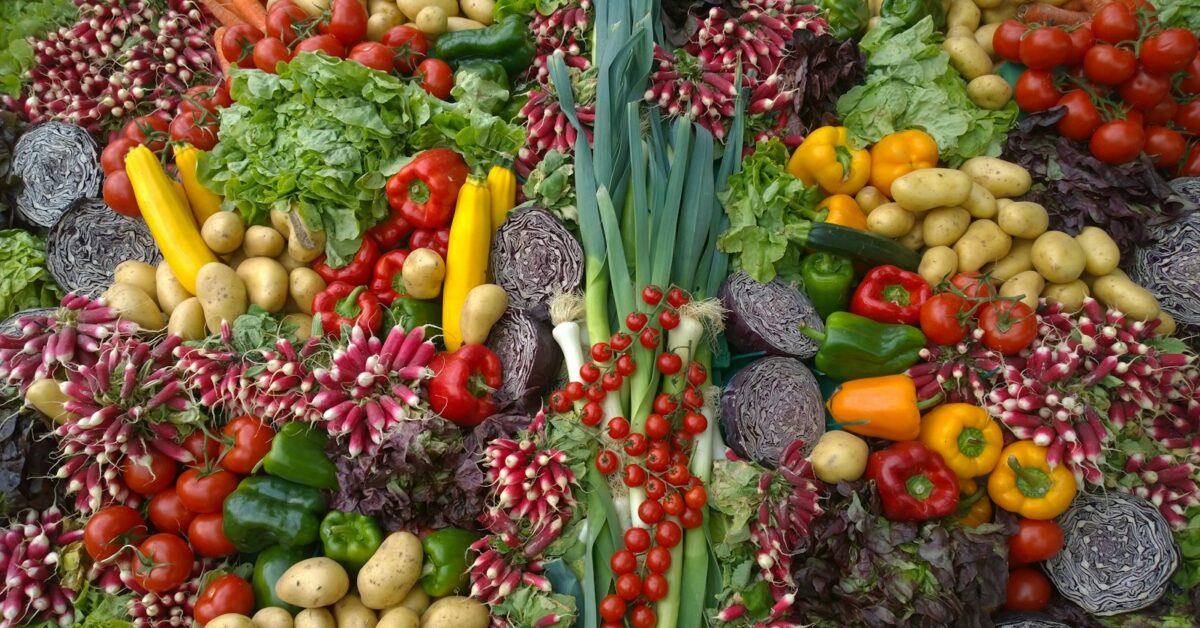Going vegetarian is a lifestyle choice that has gained popularity in recent years. Whether it’s for ethical, environmental, or health reasons, many people are opting to eliminate meat from their diets. However, making the transition to a vegetarian lifestyle can be challenging for some. In this article, we will explore the steps and considerations involved in becoming a vegetarian.
Understanding the Different Types of Vegetarianism
Before embarking on your vegetarian journey, it’s important to understand the various types of vegetarianism. Here are the most common types:
- Lacto-ovo vegetarian: This is the most common type of vegetarianism, where individuals avoid meat, poultry, and fish but still consume dairy products and eggs.
- Lacto-vegetarian: Lacto-vegetarians exclude meat, poultry, fish, and eggs from their diet but still consume dairy products.
- Ovo-vegetarian: Ovo-vegetarians exclude meat, poultry, fish, and dairy products but still consume eggs.
- Vegan: Vegans avoid all animal products, including meat, poultry, fish, dairy, eggs, and even honey.
Gradual Transition or Cold Turkey?
When deciding to become a vegetarian, you have two main options: a gradual transition or an immediate switch. Both approaches have their advantages, and the choice ultimately depends on your personal preferences and circumstances.
Gradual Transition: Some individuals find it easier to gradually eliminate meat from their diet. This approach allows you to slowly adjust to new eating habits and explore alternative protein sources. For example, you can start by designating certain days of the week as “meatless” and gradually increase the number of meat-free days over time.
Cold Turkey: On the other hand, some people prefer to make an immediate switch to vegetarianism. This approach requires more commitment and discipline, but it can be a quicker way to adapt to the new lifestyle. If you choose this method, it’s essential to plan your meals in advance and ensure you have a variety of vegetarian options available.
Educate Yourself on Nutrition
One common concern about vegetarianism is whether it provides all the necessary nutrients for a healthy diet. To ensure you meet your nutritional needs, it’s crucial to educate yourself on vegetarian nutrition. Here are some key nutrients to pay attention to:
- Protein: While meat is a significant source of protein, there are plenty of plant-based protein options available. Legumes, tofu, tempeh, seitan, and quinoa are excellent sources of protein for vegetarians.
- Iron: Plant-based sources of iron include spinach, lentils, tofu, and fortified cereals. Consuming vitamin C-rich foods alongside iron-rich foods can enhance iron absorption.
- Vitamin B12: Vitamin B12 is primarily found in animal products, so it’s important for vegetarians to ensure they get enough through fortified foods or supplements.
- Calcium: Dairy products are a common source of calcium, but vegetarians can obtain it from plant-based sources such as leafy greens, fortified plant milk, and tofu.
Experiment with New Recipes and Ingredients
Transitioning to a vegetarian diet opens up a world of new flavors and ingredients. To make the process more enjoyable, take the time to experiment with different recipes and explore vegetarian cuisine. Here are some ideas to get you started:
- Try ethnic cuisines that naturally incorporate vegetarian dishes, such as Indian, Middle Eastern, or Thai cuisine.
- Experiment with plant-based protein alternatives like tofu, tempeh, and seitan to replace meat in your favorite recipes.
- Explore a variety of fruits, vegetables, grains, and legumes to diversify your meals and ensure you’re getting a wide range of nutrients.
- Invest in vegetarian cookbooks or browse online recipe websites for inspiration.
Seek Support and Resources
Embarking on a vegetarian lifestyle can be easier with the support of like-minded individuals. Consider joining vegetarian communities, both online and offline, to connect with others who share your values and can provide guidance and support. Additionally, there are numerous resources available, such as books, documentaries, and websites, that can provide valuable information and tips for a successful transition.
Conclusion
Transitioning to a vegetarian lifestyle is a personal choice that requires careful consideration and planning. By understanding the different types of vegetarianism, educating yourself on nutrition, experimenting with new recipes, and seeking support, you can successfully make the switch to a vegetarian diet. Remember, the key is to approach the transition at your own pace and make choices that align with your values and goals.
